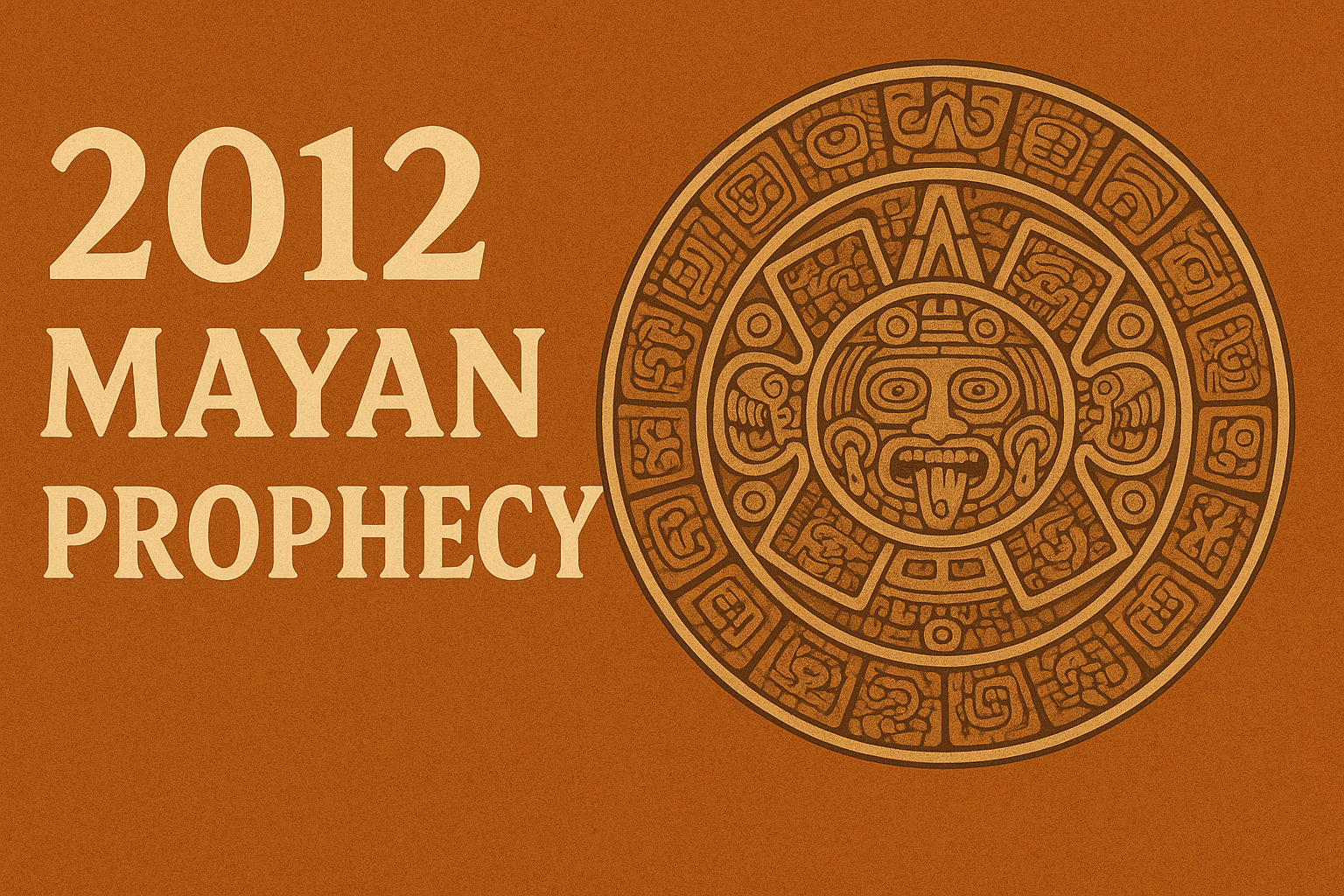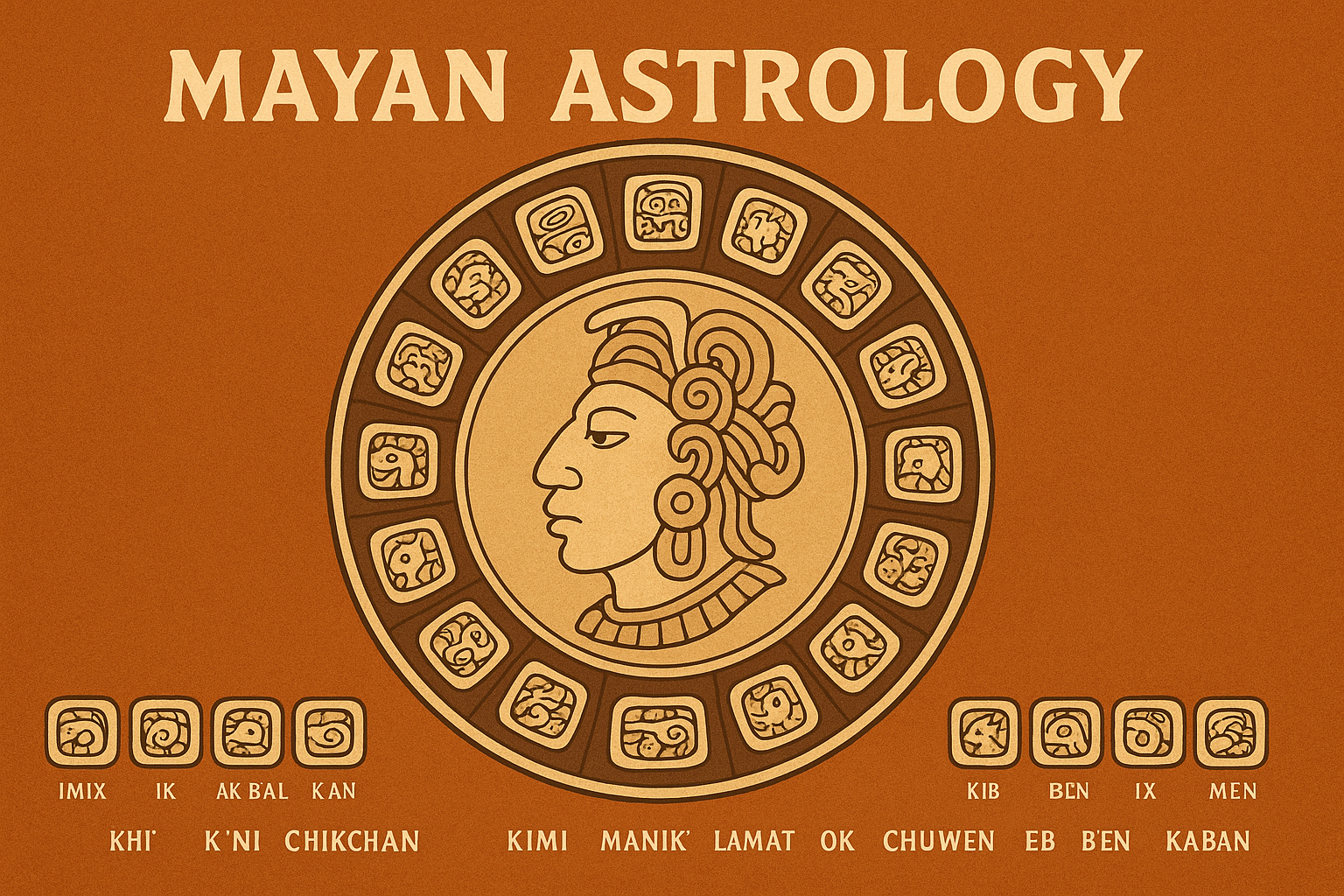Tantra Yoga: Unlock Your Potential with 5 Powerful Techniques
If you’re looking to add a little more mystique and excitement to your yoga practice, tantra yoga may be just what you need. Tantra yoga is all about exploring the spiritual side of things, and it can offer a lot of new techniques and challenges for experienced yogis. In this guide, we’ll discuss the basics of tantra yoga and how you can get started with this unique form of yoga.
History of Tantra Yoga
The history of tantra yoga dates back to ancient India. Tantra yoga is a type of yoga that focuses on the spiritual aspects of the practice. The word tantra comes from the Sanskrit root “tano”, which means to expand or extend. Tantra yoga is based on the belief that the universe is one divine energy that can be accessed through various techniques. The goal of tantra yoga is to help practitioners develop a deeper understanding of themselves and the world around them. Tantra yoga is considered one of the most ancient and sacred forms of yoga, and it continues to be practiced by people all over the world.
Difference Between Tantric Yoga and Tantric Sex
Though they share the same root word, tantric yoga and tantric sex are two very different practices. Tantric yoga is an ancient system of spiritual growth that has its roots in Hinduism and Buddhism. The goal of tantric yoga is to help practitioners develop a deeper connection with the divine.
Tantric sex, on the other hand, is a sexual practice that seeks to harness the energy of sex from both partners to achieve greater intimacy and spiritual connection. While tantric yoga is primarily focused on internal growth, tantric sex is focused on using sexual energy as a means to enhance one’s sex life. Though they are different practices, both tantric yoga and tantric sex share the same core principles: the belief that this energy can be used for spiritual growth.
White Tantra vs Red Tantra
White tantra and red tantra are two different types of meditation practices. White tantra is focused on purifying the body and the mind, while red tantra is focused on root energies of sex. Both types of tantra are based on the principle of using breath and mantra to control and focus the mind.
White tantra is often seen as a more spiritual practice, while red tantra is seen as more sensual and erotic. While both practices can be beneficial, it is important to choose the right type of tantra for your needs. If you are seeking a more spiritual practice, white tantra may be right for you. If you are seeking a more erotic and sensual experience, red tantra may be a better fit.
Ultimately, the choice between white tantra and red tantra is a personal one. Whichever type of tantra you choose, make sure to do your research and find a qualified teacher to guide you through the process.
Basics of a Tantra Yoga Practice
The basic techniques of Tantra Yoga are designed to help the practitioner to become more aware of the divine energy within them. Tantra Yoga weaves together mantra meditation, yantra visualization, mudras, pranayama and initiation to provide a path to self-realization and enlightenment.
Mantra meditation is used to focus the mind and connect with the divine energy. Visualization helps to create a connection between the physical and spiritual worlds. Mudras are hand gestures that are used to direct energy flow within the body. Pranayama is a breathing technique that helps to balance the energy within the body. Initiation is a process whereby the practitioner is exposed to new levels of spiritual awareness.
Through these techniques, practitioners of Tantra Yoga hope to attain a state of oneness with the divine. Let’s have a closer look on all of these techniques.
Mantra Meditation
Mantra meditation is a type of meditation that uses the repetition of mantras to focus the mind. The mantra is usually a short phrase or word that is repeated over and over again, both silently and out loud. The goal of mantra meditation is to help the practitioner reach a state of deeper concentration and awareness.
Mantra meditation is often used in tantra yoga, which is a type of yoga that emphasizes the role of mantra in spiritual development. In tantra yoga, the mantra is seen as a tool for awakening the energy of the body and achieving spiritual enlightenment. Mantra meditation can be an effective way to ease stress, improve mental clarity and promote relaxation.
Yantra Visualization
Yantra visualization is an important part of many different types of yoga, including tantra. A yantra is a geometric figure that is used as a tool for visualization and meditation. In tantra, practitioners focus on visualizing a yantra while they meditate.
The yantra helps to focus the mind and can be used to help achieve different states of consciousness. There are many different yantras, each with its own meaning and purpose. The visualization of a yantra can help to create feelings of peace, calm and bliss. It can also be used to connect with the divine or to achieve other spiritual goals.
Mudras
Mudras are a key part of tantra, and many mudras can be practiced without the need for any props or equipment. Mudras are performed by holding the hands and fingers in a specific way to focus and energize the body’s energy centers. Each mudra has a different effect on the body, and mudras can be used to promote physical, mental and spiritual well-being.
Mudras can be performed whilst seated, standing or walking, and they can be done individually or in groups. There are many different mudras, but some of the most popular mudras include the mudra of acceptance, the mudra of concentration and the mudra of peace. By practicing mudras regularly, you can develop a deeper understanding of your own body and mind as well as learn how to control and channel your own energy.
Pranayama
Pranayama is a Sanskrit word that can be translated as “extension of the prana” or “breath control.” It is a technique that is often used in yoga and meditation practices as a way to regulate the breath and control prana, also known as life force energy. In tantra yoga, pranayama is seen as a way to purify the nadis, or energy channels, and to prepare the body for higher states of consciousness.
There are many different pranayama techniques that can be used, but all involve controlling the breath in some way. For example, one popular pranayama technique is alternate nostril breathing, which involves alternating between breathing through the left and right nostrils. By doing this, you can help to balance the flow of prana in the body and bring about a sense of calm and well-being. Pranayama is just one component of tantra, but it is an important one nonetheless. When practiced regularly, it can help to improve your overall health and well-being.
Initiation
Initiation is an important concept in tantra. It refers to the process of initiation into the teachings and practices of tantra. This usually involves receiving a transmission from a qualified teacher, who imparts the necessary knowledge and wisdom to the student. The initiation process can be performed in person or long-distance, and it often includes some form of ritual or ceremony.
Once the initiation is complete, the student is considered to be a member of the tantric community and can practice tantra under the guidance of a qualified teacher. Initiation into tantra is often seen as a deeply transformative experience that can help to open up new levels of awareness and understanding.
Tantra Yoga Classes vs Hatha Yoga Classes
When it comes to yoga classes, there is a lot of variety to choose from. Two of the most popular types of yoga classes are tantra yoga classes and hatha yoga classes. While both tantra and hatha focus on physical postures and breathing exercises, they have some key differences.
Tantra is a more spiritual form of yoga that emphasizes the connection between the mind, body and spirit. In contrast, hatha is a more physically-focused form of yoga that emphasizes the alignment of the body. As a result, tantra classes tend to be more meditative in nature, while hatha classes tend to be more active. Both tantra and hatha yoga offer benefits, so it’s important to choose the right type of class for your needs.
Benefits of Tantra
The goal of tantra yoga is to achieve spiritual liberation through the use of sexual energy. This might sound like a strange concept, but there are actually many benefits to tantra.
For one thing, tantra can help improve your physical health. The various positions and movements involved in tantra help to strengthen and tone the muscles while deep breathing helps to increase lung capacity.
In addition, tantra can also help to improve your mental and emotional well-being. The focus on the breath and the present moment can help to center and calm the mind, and the practice of tantra can also help to open up new channels of communication with your partner. If you’re looking for a way to improve your physical, mental and emotional health, tantra might be just what you need.
Your Journey at Eagle’s Nest Atitlan
Escape the confines of our modern material world and explore your true self at beautiful Eagle’s Nest Atitlan. We hold a variety of workshops and classes related to spiritual practices, ranging from kundalini yoga, breathwork, chakra work and other yogic practices. Online classes can’t match our breathtaking views, delicious food and wise instructors we offer every day. Don’t hesitate to recharge your energetic body and attain spiritual awakening! Book your stay now!
FAQs
What is Tantra Yoga?
Tantra Yoga is a form of spirituality that has its roots in ancient India. It focuses on using specialized techniques like breathwork, meditation, and mantra chanting to help the body’s kundalini energy awaken.
What advantages can Tantra Yoga offer?
Tantra yoga can assist to promote general health and well-being by boosting energy, vitality, and mental clarity. Additionally, it can strengthen relationships with others and with oneself and foster spiritual development.
Is Tantra Yoga a sexual practice?
Although Tantra Yoga is frequently connected to sexuality, it is actually a much wider spiritual discipline that incorporates a variety of techniques such as mantra chanting, breathwork, and meditation.
Is Tantra Yoga a form of religion?
Tantra yoga is not necessarily a religious practice, despite its roots in ancient Indian spirituality. Regardless of one’s religious views, it is a spiritual practice that focuses on the arousal of the kundalini energy within the body.
Does Tantra Yoga require a partner for me to practice?
No, a partner is not necessary to practice Tantra Yoga. Many Tantra techniques can be performed alone, however some may require partner work.
What can I anticipate from a Tantra Yoga practice?
As you practice Tantra Yoga, you could feel a range of emotions and physical sensations, including deep relaxation and a sense of connection to others and to yourself.
Can anybody practice Tantra Yoga?
Tantra yoga can be practiced by anyone, regardless of their age, gender, or level of physical fitness. But it’s crucial to learn the right methods and regulations from a skilled teacher or practitioner.




